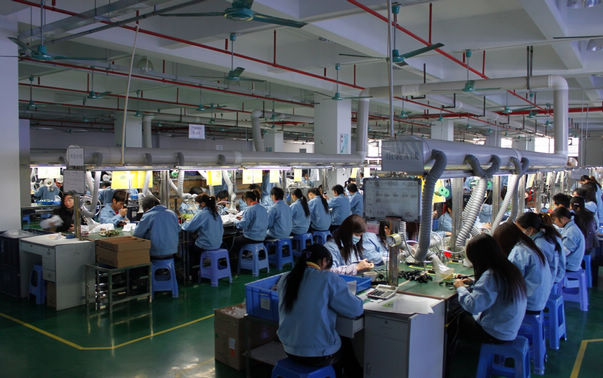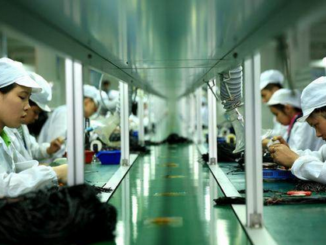China’s magical rise to becoming “Factory of the World” started in the 70s when the country launched Reform and Opening up policy to tackle with the huge population stuck in poverty.
So how did the country rise in rocketed speed to design and manufacture most of the world’s electronics?
At the beginning it’s low cost and huge population that brought the manufacturing industry into mainland China. With Deng Xiaoping’s Reform and Opening up strategy, many western and Japanese electronics enterprises started to set up their own manufacturing facilities in China or outsource to China ODM factories. That’s how the first generation of engineers and workers got trained, and later they started their own workshops or downstream factories focusing on electronic components or others.

With the incentives of low costs and a huge pool of talents working diligently to outperform their competitors, China rose to be the manufacturing hub of nearly all kind of electronics.
Meanwhile, western companies shifted their focus on what they’re more advanced in like marketing and branding, advertising, law and outsource manufacturing to China for the best value of the money.
China’s Unparalleled Manufacturing Ecosystem
Cheap labor is no longer an incentive for electronic manufacturing in China but China has an unrivaled supply chain management system that no other country can compete with. In Shenzhen electronic markets, you can find basically any kind of electronics or components you’re looking for. Many different electronic components used to build a product are custom made in China. For example, touch screen, circuit boards, camera modules, housings, etc, that are used to build a smart phone are all made in China.
Even if the component you found is a bit different, the custom fabrication ability leads to increased efficiency. A China electronic manufacturer usually would not sit there and wait for a specific component to arrive from other parts of the world, instead, they would find solutions to make one on their own or partner with other factories to produce it.
Ability to replicate fast at affordable rates
Shenzhen is notoriously known for its “Shanzhai” culture, the abilities to imitate any electronics almost as identical as real ones. Though it has received public condemns and the city has focusing on transformation, the ability to imitate is sometimes a boon too if you want to add some improved functions or aesthetic appeal to your previous design.
Can electronic manufacturing move to other countries?
With increasing wages in China, some labor-intensive products like clothes have been shifting to cheaper countries especially Southeast Asia. However, for more complicated products especially electronics, China is still the default manufacturing hub.
Then, what about electronics assembly returning to the west?
Let’s take the assembly of iPhones as example, Foxconn, Apple’s longest running partner to assemble iPhone parts together, demanded their top 20 downstream suppliers to set up factories next to their new assembly plant. The most efficient way to design and assemble electronics is to be done near the factories manufacturing the custom parts. A phone needs over 37 custom parts, of which 32 are produced in China. Imagine while moving the assembly plant back to the US, if something goes wrong with any customized part, the assembly line would be stopped at least for few weeks since it takes time shipping back China for modification then ship again to the US.



Leave a Reply